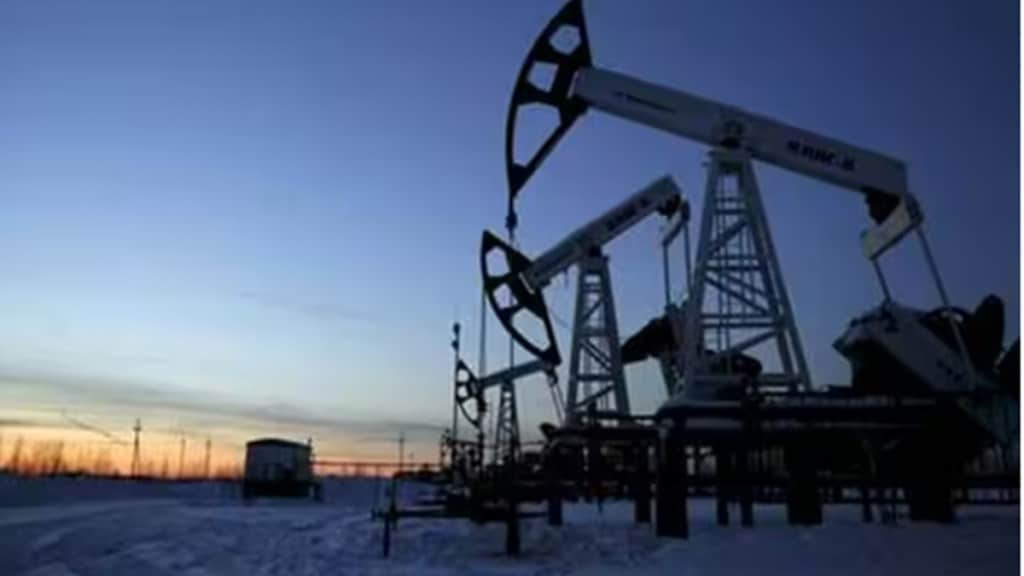The 30% surge in crude oil prices since June-end to over $97 per barrel is bad news for an oil-importing country like India. Should prices rise further, or even stay at these levels, they threaten to stoke inflation and widen the fiscal and current account deficits (CAD). That will most certainly impact growth as the cost of oil intermediates goes up and feeds into the end-prices of user industries. Globally, the potential impact of climbing crude oil prices on inflation has sent the benchmark US treasury yields soaring to 4.6%, a 15-year high. Essentially, the markets are penciling in persistent inflation and, therefore, an extended period of tighter monetary policy than earlier anticipated. Interest rates, this means, will stay higher for even longer.
Back home, the pass-through to retail inflation would, no doubt, be smaller this time around than in previous up-cycles, thanks to subsidies and price control. The government is unlikely to allow the oil marketing companies (OMCs) to raise pump prices of petrol and diesel ahead of the upcoming state elections and general elections next year. Nonetheless, a 10% increase in the price of oil would push up the consumer price index by roughly 0.2 percentage points (ppts) and widen the current account balance by 0.3 ppts. That will make life difficult for the Reserve Bank of India (RBI), which is trying to rein in prices and hold down interest rates so as not to hurt borrowers while, at the same time, encourage private sector firms to invest.
The central bank cannot also be completely detached from the global reality of continuing high interest rates. Moreover, given that high oil prices will pressure the country’s external sector, the RBI will also need to watch the currency, now ruling at levels of 83.22 to the dollar. In Q1FY24, India’s CAD came in at 1.1%of GDP following which, the deficit for Q2FY24 is estimated at 2.3% and is projected to settle at around 1.8-2% for FY24. The data for the June quarter shows the services trade surplus is smaller than anticipated as is the balance of secondary income. Worryingly, remittances are down both sequentially and year-on-year, at a time when global growth is slowing. Also, the merchandise trade deficit appears to be trending higher in the current quarter compared with the June quarter.
To be sure, India has a strong reserves buffer, but a bigger oil tab is a worry. For more than a year now, we have been consuming Russian crude in large quantities and getting a good deal—the average landed cost of Russian crude in June was just $68.17/barrel compared with around $82/barrel from the UAE. Those discounts are no longer available as oil prices are now ruling well above the $60 cap, the level at which Western sanctions kick in. With Russia insisting that its bills be settled in dollars, India must explore alternative sources of supply, perhaps African nations. The good news is that rupee payment options have opened up for imports from other countries. For instance, the IOC recently settled a bill for purchases from the UAE in rupees. More of such agreements will ease the strain on the current account. Also, dollar inflows from purchases of gilts by active funds, ahead of India’s formal inclusion in the JP Morgan EM bond index in June next year, will come in handy.


